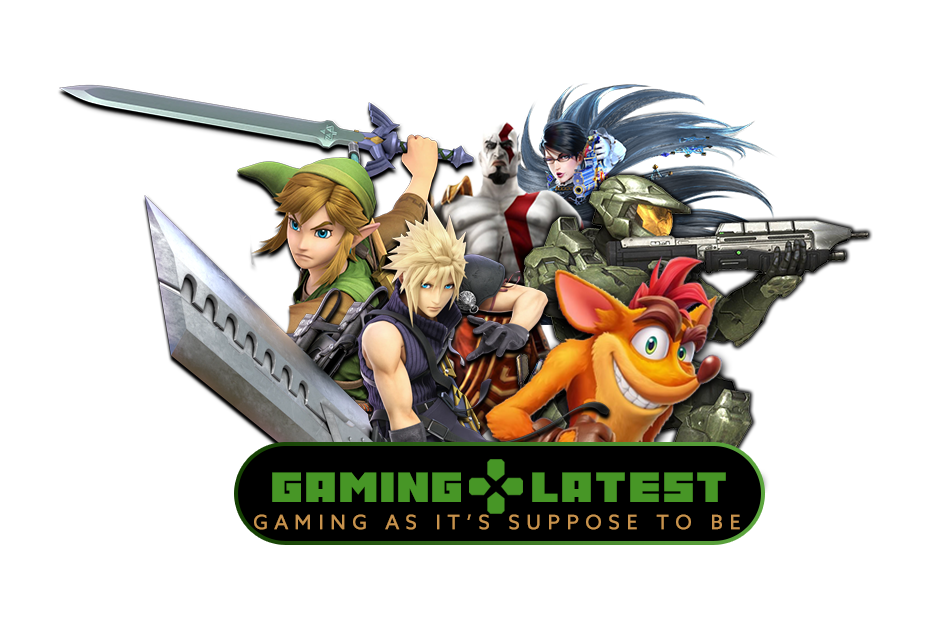Whatever happened to the PSP? The device that Sony once touted as "the Walkman for the 21st century" is fast disappearing from popular consciousness, and if you believe the rumors circulating just three-and-a-half years after its launch, it's up for a major rethink in 2009.
Over the crucial month of November, the Nintendo DS shifted a jaw-dropping 1.5 million units in the US alone (up 20% from last year) while the PSP languished, managing just 421,000 sales -- actually down 27%, in what was in general a tremendously strong month for video games.
Even the software support is eroding. Despite the PSP's healthy install base of around 13 million consumers, only six 2008 PSP releases scored better than 80% on review aggregating site gamerankings.com, compared with 16 on the DS. There's a good reason for that: nobody's making PSP games, because outside of one or two hits like this year's Final Fantasy VII: Crisis Core, nobody's buying them. That's only going to worsen when the superheavyweight Grand Theft Auto series (previously exclusive to the PSP on handhelds) releases its first DS title early next year.
In a lot of ways, it's a shame. The PSP is a far more capable hardware platform than the DS. It's a phone, a portable music player, a pocket-sized movie device, a mobile web browser, and when paired with a Playstation 3, a remarkably capable remote control for the system, capable of streaming music and movies from a PS3 over the Internet to wherever you happen to be.
Time to put this gaming warhorse out to pasture?
Next to it, the DS looks like a product of another age. It's barely capable of 3D, let alone delivering a suite of mobile applications of the PSP's caliber. Not, in fact, unlike the contrast between the Playstation 3 (modern, immensely powerful, and pricey) and the Wii (underpowered, basic, and cheap.) Oh, and phenomenally successful. The parallels you can draw between Sony and Nintendo's offerings go deep.
But then, set the PSP next to the iPhone or iPod Touch, the year's other big winner in portable gaming, and the PSP's hardware design suddenly looks old hat. Where's the touchscreen? What are all these buttons for? What on earth is the point of this useless analog nub of a joystick? And why, in an age when flash memory is so cheap it practically comes in Cheerios boxes, are we still stuck with a huge, bulky, slow, and noisy optical drive? If you're going to compete by offering a powerful hardware platform, you actually need to outperform the competition. As the iPhone steps into the portable gaming ring, it's already got the PSP on the ropes.
Guess what, Sony: Apple already made the Walkman of the 21st century, and you missed the boat.
Source
Over the crucial month of November, the Nintendo DS shifted a jaw-dropping 1.5 million units in the US alone (up 20% from last year) while the PSP languished, managing just 421,000 sales -- actually down 27%, in what was in general a tremendously strong month for video games.
Even the software support is eroding. Despite the PSP's healthy install base of around 13 million consumers, only six 2008 PSP releases scored better than 80% on review aggregating site gamerankings.com, compared with 16 on the DS. There's a good reason for that: nobody's making PSP games, because outside of one or two hits like this year's Final Fantasy VII: Crisis Core, nobody's buying them. That's only going to worsen when the superheavyweight Grand Theft Auto series (previously exclusive to the PSP on handhelds) releases its first DS title early next year.
In a lot of ways, it's a shame. The PSP is a far more capable hardware platform than the DS. It's a phone, a portable music player, a pocket-sized movie device, a mobile web browser, and when paired with a Playstation 3, a remarkably capable remote control for the system, capable of streaming music and movies from a PS3 over the Internet to wherever you happen to be.
Time to put this gaming warhorse out to pasture?
Next to it, the DS looks like a product of another age. It's barely capable of 3D, let alone delivering a suite of mobile applications of the PSP's caliber. Not, in fact, unlike the contrast between the Playstation 3 (modern, immensely powerful, and pricey) and the Wii (underpowered, basic, and cheap.) Oh, and phenomenally successful. The parallels you can draw between Sony and Nintendo's offerings go deep.
But then, set the PSP next to the iPhone or iPod Touch, the year's other big winner in portable gaming, and the PSP's hardware design suddenly looks old hat. Where's the touchscreen? What are all these buttons for? What on earth is the point of this useless analog nub of a joystick? And why, in an age when flash memory is so cheap it practically comes in Cheerios boxes, are we still stuck with a huge, bulky, slow, and noisy optical drive? If you're going to compete by offering a powerful hardware platform, you actually need to outperform the competition. As the iPhone steps into the portable gaming ring, it's already got the PSP on the ropes.
Guess what, Sony: Apple already made the Walkman of the 21st century, and you missed the boat.
Source
